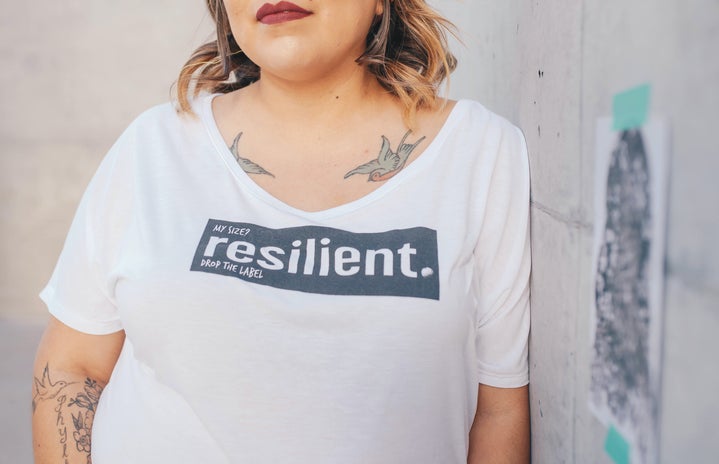With the federal election this year, and politicians being talked about constantly, I thought it was only fitting that women in politics are also talked about. Some might think of Justin Trudeau as a feminist, or others might think that Canada is a very progressive country, but is it really?
A podcast I listen to, OPPO, did an episode, “Who Has the Whitest Candidate? (It’s Not the PPC!)”, in which the host, Justin Ling and guest, Fatima Syed, analyse each federal party according to race and gender. At the time they did their research, this is what their results looked like: the NDP led by Jagmeet Singh is made up of 51% female constituents and the Conservative Party led by Andrew Scheer has only 30% females in its’ cabinet. The Liberal Party led by Justin Trudeau and the Green Party led by Elizabeth May, both only have 40% female constituents. The party with the least females, which is not surprising, is the People’s Party of Canada, which has only 17% female constituents. An important side note to add to these results is that when this information was being looked into, not each party had named a candidate for their ridings. This means that since then, these numbers might have changed.
In this year’s election, Elizabeth May, the leader for the Green Party is the only female candidate amongst the other four parties.
That statement, along with the statistics of the parties that were taken a couple of weeks back, is a bit surprising and hurtful. I am a female student studying different subjects, with political science being one of them. For me, being a politician or going to the House of Commons is not a dream. But what happens to those who do want to go into the Canadian political scene and they identify as female? The reality is that Canada is ranked 60th in the world for having female political leaders, while countries at the top include: Rwanda, Mexico, Sweden and Finland, among others. So, if Canada identifies itself as being one of the more progressive countries globally, why do we not show it?
In a CTV article, university professors identified different barriers as to why women have a harder time becoming politicians, with social gender roles being one of the first and most important reasons. Young girls are raised to believe they are their number one family caregiver, and if they are not there for their children then they are not where they are supposed to be. On the other hand, if moms do want to be with their children for dinner time or bedtime, they are often scrutinized for it, while male opponents do not face that issue because their wives are likely taking care of the food and other domestic tasks. Another big reason as to why women are not in politics or are reluctant to enter into this job field is because of the threats they might receive while doing their job. Along with threats, women constantly receive degrading comments. Reports show that these threats and hateful words are received by women in all political parties, no matter what their beliefs or plans were.
These two major reasons as to why we do not see as many women as we see men in politics is why political parties should be inclined to have more diverse representation. If a federal leader, whether it be male or female, is promoting gender equity and equality, they need to show Canadians they are serious.



